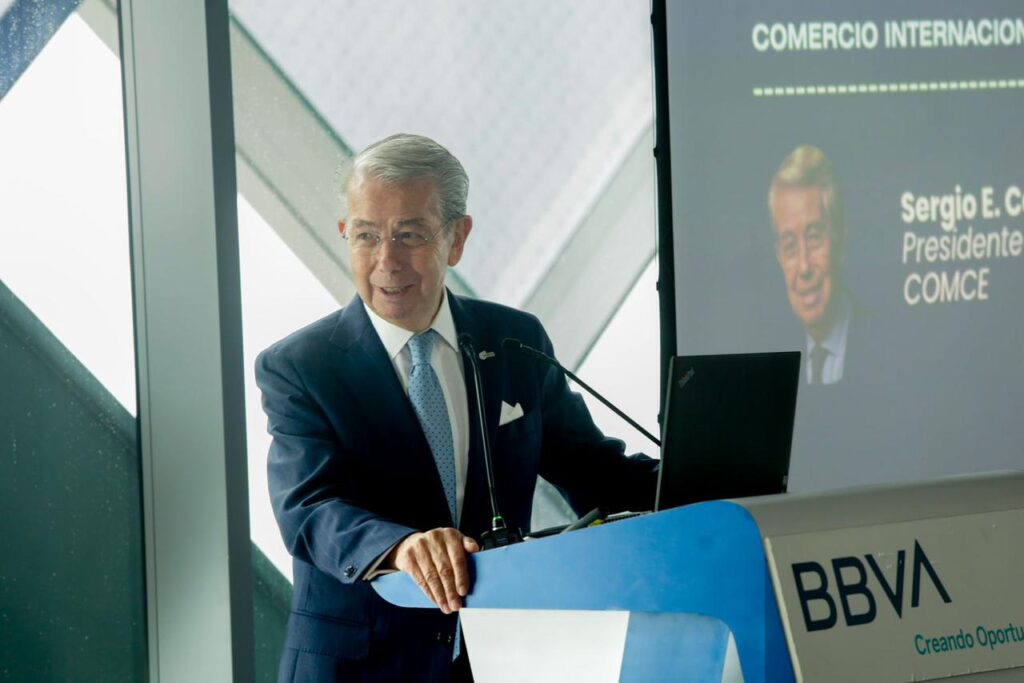United States trade policy in 2025 will no longer be anchored to the World Trade Organization (WTO), the Comce pointed out.
From its perspective, the multilateral trade system is undergoing a structural transformation.
In the document “Mexico before the new international trade order: leadership in times of global disruption”, the Comce indicated that the United States has redoubled its trade defense policy and has begun to operate under a “reshoring” logic, where security, migration and the rivalry with China reconfigure its trade links.
United States trade policy
The United States was a key player in the creation of the multilateral trading system, participating in the GATT in 1947 and in the founding of the WTO in 1995. Although many countries have bilateral agreements, more than 60% of U.S. trade in goods and services is governed by WTO rules, without free trade agreements.
But the Comce considered that U.S. trade policy is no longer anchored in the multilateral trading system and preferential agreements.
The United States now favors unilateral measures based on national security considerations and seeks to rebalance its trade balance, boost its reindustrialization and use tariffs as an important source of tax revenue.
Binding tariffs
«The imposition of reciprocal tariffs, even without clear legal and technical foundations, and the weakening of the multilateral system -particularly the WTO- are destabilizing the rules of the global game. We are facing a trade system where uncertainty, unilateralism and short-termism prevail,» said the Comce in the document, presented on Tuesday at an event held at the BBVA Mexico offices.
An analysis by the Cato Institute confirms this trend. The average effective tariff rate in the United States will reach 17.8% in 2025, the highest level since 1933. Even after adjustments for consumer behavior, it remains at 16.4%, exceeding historical levels.
The United States uses tariffs as a tactic of a trade and political strategy. The motivations range from protecting sensitive goods (such as steel, aluminum and automobiles), to using tariffs as tax revenue or geopolitical pressure elements, especially vis-à-vis China.

